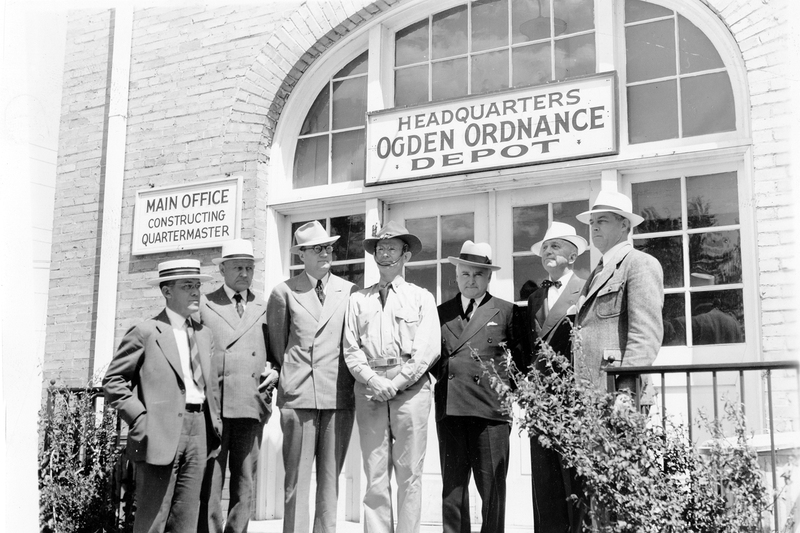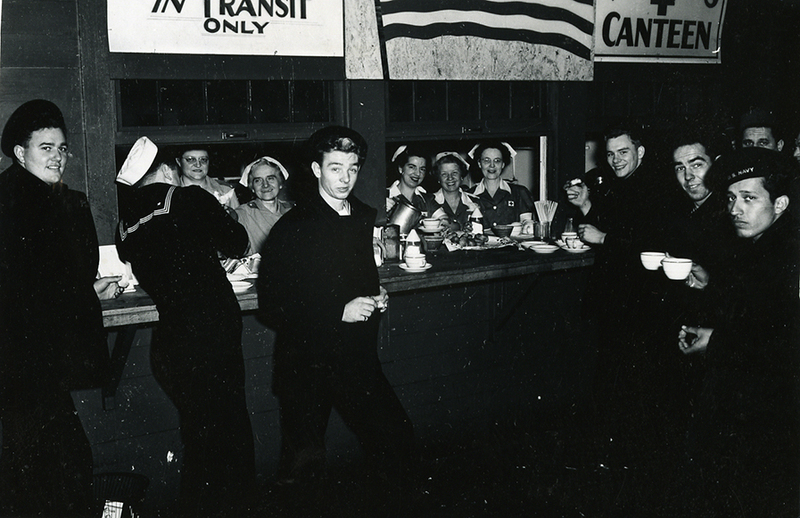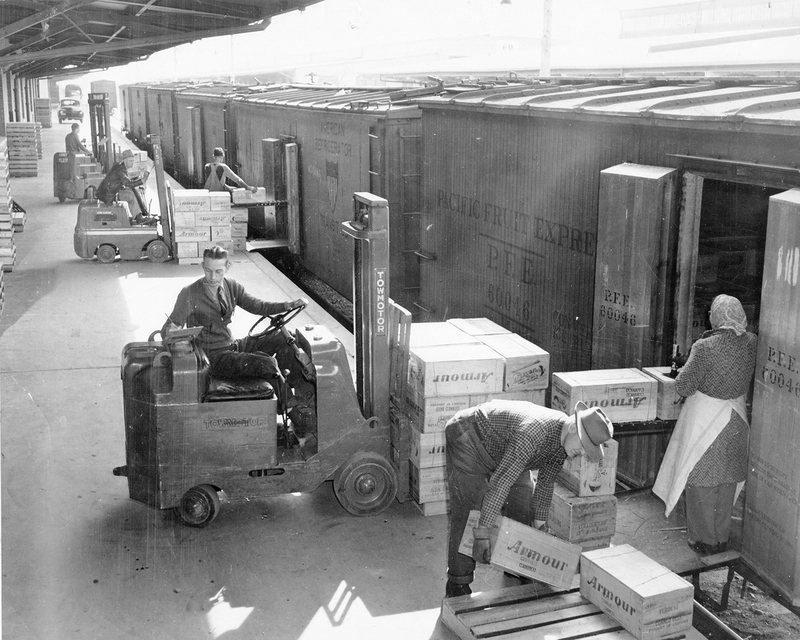World at War
World War II was one of the periods of greatest growth and change in Northern Utah history. In the late 1930s, city leaders and county leaders in both Weber and Davis counties, worked with the federal government to bring in new military installations. With easy access to railroad lines and shelter from the mountains, the area was considered ideal for military construction as the country prepared for war.
Hill Field, the Defense Depot Ogden, and the Clearfield Naval Supply Depot were built in the early 1940s. The Ogden Arsenal, which was built after World War I, was expanded at this time. Later, the Bushnell Army Hospital was built in Brigham City. These installations created desperately needed jobs, and Americans came from all over the country to work in Utah.
This population boom created a housing crisis. Locals hurried to rent out rooms in their homes to war workers, but still many were forced to live in tents on the side of the road until military housing could be built. This housing was built in several locations in Ogden, Layton, and Clearfield, and included the creation of Washington Terrace.
Among many of these new war workers were African Americans and Hispanic Americans. The presence of larger minority communities threw a spotlight on Ogden’s unspoken segregation rules and led to the founding of the NAACP. Japanese Americans had long been part of the community, but they faced increased discrimination after the attack on Pearl Harbor. Several leaders in the Japanese community were arrested and sent to internment camps.



